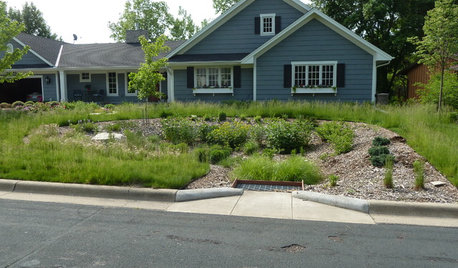For the water barrel skeptics
nugardnrinnc
13 years ago
Featured Answer
Sort by:Oldest
Comments (15)
stressbaby
13 years agonugardnrinnc
13 years agoRelated Professionals
Ashland Landscape Architects & Landscape Designers · Chattanooga Landscape Architects & Landscape Designers · Garden City Landscape Architects & Landscape Designers · Kapaa Landscape Architects & Landscape Designers · Arden-Arcade Landscape Contractors · Barrington Landscape Contractors · Bethel Park Landscape Contractors · Cupertino Landscape Contractors · Lakeville Landscape Contractors · McLean Landscape Contractors · Vacaville Landscape Contractors · Vineyard Landscape Contractors · Waterford Landscape Contractors · Oakland Solar Energy Systems · Franklin Solar Energy SystemsDan _Staley (5b Sunset 2B AHS 7)
13 years agoanother_buffalo
13 years agonugardnrinnc
13 years agoKiller-D
13 years agospogarden
13 years agocolokid
13 years agostressbaby
13 years agonugardnrinnc
13 years agopoppa
13 years agonugardnrinnc
13 years agoljpother
13 years agosocalnolympia
5 years agolast modified: 5 years ago
Related Stories

GREEN BUILDINGJust Add Water: Rain Barrel Magic
Take your rainwater storage from practical to beautiful with a new breed of design-friendly rain barrels
Full Story
HOUZZ TVHouzz TV: How to Install a Rain Barrel
This DIY tutorial shows how easy it can be to capture rainwater from your roof to use in your garden later
Full Story
FURNITURECelebrate the Crush With Wine Barrel Furniture
From wine country to you: Enjoy the rich patina of wine-barrel wood in chandeliers, furniture, floors and more
Full Story
GREEN BUILDINGHow to Harvest Rainwater for Your Garden
Conserve a vital resource and save money by collecting stormwater for irrigation in a barrel or tank
Full Story
SAVING WATERXeriscape Gardens: How to Get a Beautiful Landscape With Less Water
Conserve water and make gardening much easier with the xeriscape approach’s 7 principles
Full Story
SAVING WATER11 Ways to Save Water at Home
Whether you live in a drought-stricken area or just want to help preserve a precious resource, here are things you can do to use less water
Full Story
LANDSCAPE DESIGNHow to Design Your Landscape to Spread Water
Water that’s distributed widely will more readily soak into the ground
Full Story
GREEN DECORATINGEasy Green: Big and Small Ways to Be More Water-Wise at Home
These 20 tips can help us all make the best use of a precious resource. How do you save water in summer?
Full Story
LIFEThe Top 5 Ways to Save Water at Home
Get on the fast track to preserving a valuable resource and saving money too with these smart, effective strategies
Full Story
LANDSCAPE DESIGNHow to Move Water Through Your Landscape
Swales, underground pipes or a mix of both: There’s more than one way to distribute water in the garden
Full Story






socalnolympia